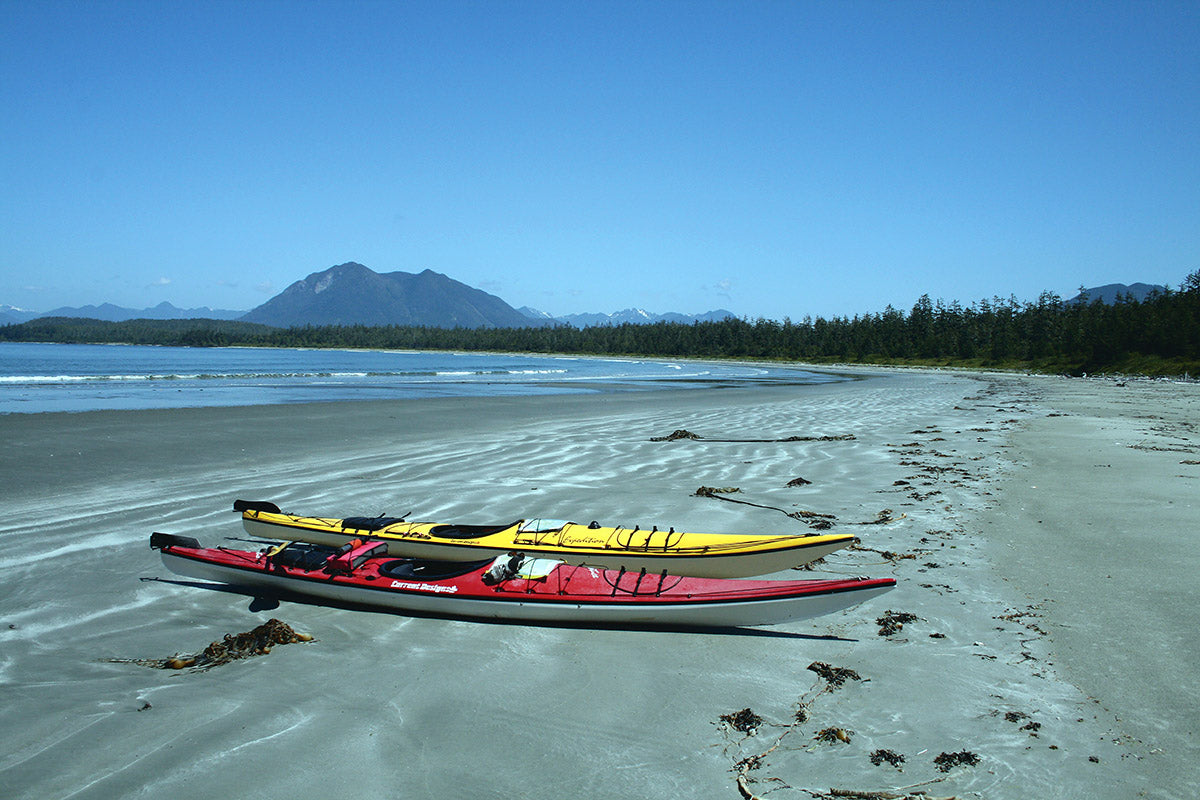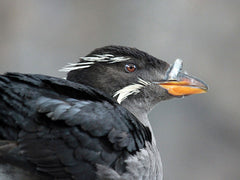When the British newspaper The Guardian ran an article in February listing their choice for the best 50 beaches in the world, it wasn't too surprising that two beaches were from British Columbia. Perhaps the biggest surprise was their pick: Chesterman Beach (#33, and also best in the category of "Wild and Remote") and #47 for English Bay in Vancouver.
Fair enough. We don't know enough about the world's beaches to argue. But we do know British Columbia's beaches, and as far as "wild and remote goes," it's a stretch to say Chesterman Beach is anywhere near that, given it is backed entirely by private property and invariably overrun to the point that on most days parking is difficult to find along adjacent streets.
And there is the irony of the international perspective of what constitutes wild and remote – that a foreigner's choice should have parking issues. Trust us, BC's most wild and remote beaches don't have parking issues. For the most part they don't even have parking. So in response, Wild Coast Magazine has put together a list of the real best beaches in British Columbia – with most substantially more wild and remote than any on The Guardian's list
You will note neither Chesterman nor English Bay made our list.
10. Ahous Bay

Located on the west coast of Vargas Island, Ahous Bay is a great example of the vast beaches to be found on the outer islands of Clayoquot Sound, but still within easy paddling distance of Tofino. This is one of a number of beaches that all get the nod for superb getaways in Clayoquot Sound, from the more wild and remote Cow Bay on Flores Island to tiny but sandy Whaler islet. Here you'll begin to find the real 'wild and remote' coast – where the population of wolves will likely
outnumber the people staying here in tents.
9. Long Beach

It may seem odd to disparage Chesterman Beach as a 'best' choice then include nearby Long Beach, but you need only drive the highway into Tofino to understand why. There is a crest in the road as you get near to Tofino that offers the first stunning view of Long Beach stretching into the horizon, an expanse of sand flanked by surfing waves invariably capped by a self-generated mist. At that moment, it will hit you. You have arrived at the West Coast. For that reason Long Beach has come to define what that means.
Long Beach is a 16-km broad swath of sand, and though it may attract many surfers, it has the advantage among road-accessible beaches that it is entirely within Pacific Rim National Park Reserve, so there is no private property backing it, just miles of forest. You can stroll here, surf here, camp at Green Point Campground within the national park, stroll nearby adjacent beaches for more secluded getaways, or enjoy a viewpoint of it from atop Radar Hill.
There are many other good beaches nearby, such as the more secluded northwest neighbour Combers Beach, or the southern neighbour, Florencia Beach. Pocket beaches can be found at Wya Point, or in the resort areas of Tofino including Cox Bay and Wickinninish Beach. Take your pick or explore them all, but be sure to take some time looking out toward Japan from Long Beach. You'll miss an incredible location if you don't.
8. Lucy Islands

Sometimes it's not just about the beach. It's about discovering the unexpected that goes with it. And few places are as wonderfully surprising as Lucy Islands.
Lucy Islands is a tiny dot of an archipelago set west of Prince Rupert in an open stretch of water between the Dundas Islands Group and the Stephens Islands just off Dixon Entrance, one of BC's most notorious storm-ridden waterways. So it is not a place to evoke images of sprawling sand.
But there it is, amid the cluster, this wonderful length of sheltered beach worthy of a tropical postcard. The nearby larger archipelagos provide most of the shelter, and what little of the open ocean they do allow through Brown Passage is further dissipated by the rocks, shoals and islets that surround the main central islands.
The sand, however, isn't the real star. It is the rhinoceros auklet. Lucy Islands is a globally significant breeding and nesting area for these odd seabirds, which choose to nest in burrows along the shoreline, making them vulnerable to disturbance.
For that reason, and for the heritage including Coast Tsimshian cultural and archaeological sites, the islands are an ecological reserve. Luckily access is allowed despite that, with a boardwalk and tent pad provided to avoid disturbing any nesting birds.

7. Carmanah

For those who think they know the West Coast of Vancouver Island but have never seen Carmanah Beach, your education is not yet complete. Hikers of the West Coast Trail will likely remember Carmanah well, as it is one of the longest beach walks on sand on the 78-km route, even more famous for Chez Monique's, a restaurant set in the middle of nowhere on the beach's north end, serving beer and burgers to often amused but invariably thankful trail hikers.
It differs from Long Beach by being more remote, more rugged and several degrees more wild. Whereas Long Beach is famous for its surfing waves, the Carmanah Beach waves are in disarray, breaking over a long distance to create an white jumble of water that crashes onto half-hidden rock ledges and boulders. It is not a place to take lightly, as no true West Coast location should ever be.
Perhaps most impressive about the beach is the amount of work most people have to take to get here. For all the hardship of mud and ravines and uphill scrambles, this is the reward – the chance to breathe in the salt and witness the power of the ocean. It can be a cathartic, even a life-changing experience, to arrive at this point under your own power. It is a key reason to attempt the West Coast Trail and one of the features that keep it on a best-of trail list, as well as a best-of beach list.

To see the rest of the list, read the magazine free online.